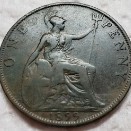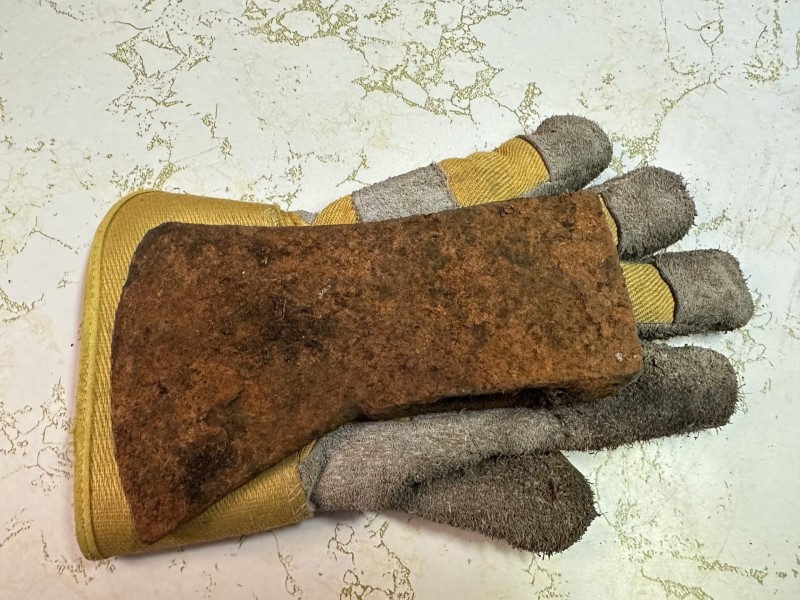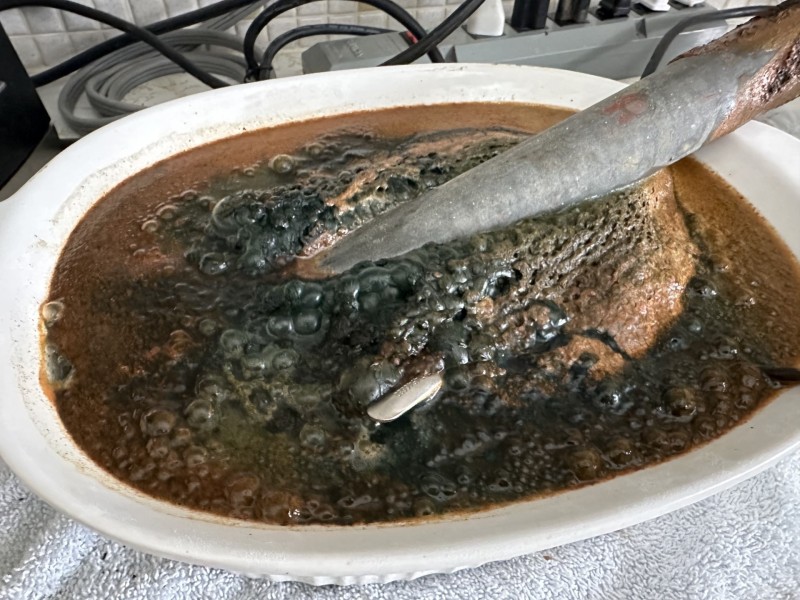-
Posts
112 -
Joined
-
Last visited
Profile Information
-
Gender
Male
-
Location:
Northern Alberta
-
Gear In Use:
Minelab CTX 3030
1984 Garrett Master Hunter 7 (my vintage machine).
Recent Profile Visitors
The recent visitors block is disabled and is not being shown to other users.
fogrider's Achievements

Copper Contributor (3/6)
363
Reputation
-

Two Big Silver Coins Hunt With Manticore
fogrider replied to Jeff McClendon's topic in Metal Detecting For Coins & Relics
Great finds. This shows the importance of re-sweeping after filling a hole. -
Love my carrot. A lot of folks don't realize you can bump up the sensitivity, as per the instructions that come with the pin pointer. At level 3 (3 beeps), I've been able to detect pennies at several inches. I've even used it as an underwater detector, searching underwater cracks in the bedrock at swimming holes.
-
Congratulations on the half dime! I have a feeling that field's going to be good to you.
- 13 replies
-
- 1
-

-
- coin found
- relic found
-
(and 1 more)
Tagged with:
-
Remove as much rust as possible by hand before starting. I attached the negative lead to the axe head with a piece of heavy solid wire and a small vice grip. It's important to get a good bite on the object being cleaned. The positive lead was attached to a section of galvanized pipe (available from farm supply stores). The zinc coating on the pipe transfers to the object being cleaned, giving it a black protective coating. I like the finish. The two metal objects mustn't touch each other. The process is a line-of-sight reaction, so I had to replace the mixture and flip the axe head over several times. Replace the section of pipe with a fresh one as it corrodes. If you can't find washing soda, heat up some baking soda in a saucepan on the stove top, and shake it around until all the moisture is removed from the baking soda. It'll turn from a lumpy texture to a fine powder (about 10 minutes on medium heat). Mix it fairly thick with the water. I teach Motorcycle Mechanic Apprenticeship in Alberta, and I've been using reverse-electrolysis to restore the insides of rusted gas tanks for decades.
-
No problem. I just noticed the words "BLACK DIAMOND" on it. It's a Walters Black Diamond 3 3/4 lb. limbing axe made by the Walters Axe Company in Hull, Quebec. 1864-1973. "The Walters Axe Co. Black Diamond brand represented the best that the Walters Axe Company had to offer. The brand developed a reputation for being of the highest quality and was used on a number of axe patterns. Observations reveal that axes bearing the BLACK DIAMOND brand were exported to Australia and quite possibly other countries. In situations where distributors or vendors competed for sales in the same area the EDGE brand was offered with the label suggesting that the axe had an edge comparable to the BLACK DIAMOND axes. It is quite possible that the brand was intended to reflect the reputations attributed to a type of steel bearing the same name."
-
Found this a couple of weeks ago in my farm yard, about 100 feet from the house, where an old fence line used to be. I've been ignoring the big old iffy iron signal for about a year, but decided to dig it up and get rid of it, thinking it was farm junk. WW2 era, judging from other finds in the same spot. Gave it the reverse electrolysis treatment. I'll probably sharpen it and buy a nice handle for it. I'll put it in my 1947 shop, with the other vintage tools I've found around here.
-
Great way to start your year! Congrats.
-

Some Recent Finds I Cleaned
fogrider replied to Geologyhound's topic in Metal Detecting For Coins & Relics
I started using Andres crayons a few months ago. When used gently on dry copper alloy coins, they work beautifully. As you said, the secret is to be gentle and know when to stop. Well done! -

A Question About Sweeping Technique On Fields
fogrider replied to fogrider's topic in Metal Detecting For Coins & Relics
Thanks for the feedback, everyone. I'm 65, and just got back into the hobby a few years ago after a 40 year hiatus (my last detector was a BFO White Coinmaster 5000). I swing a CTX now, so I have to keep the speed down, or the porker will damage my shoulder, even with the Minelab harness. I had a Nox 600 for a 1/2 season, and it could handle fast swings very well, but the CTX seems to process signals slowly, so low-and-slow is the way to go. I run "long" response, and there's a magic swing speed that works well. I also tend to hunt smaller areas (schoolyards, community halls) with no time limit, so I feel that coverage is more important than speed. However, I now see the usefulness of covering ground quickly when searching large fields, looking for hot spots. -

A Question About Sweeping Technique On Fields
fogrider replied to fogrider's topic in Metal Detecting For Coins & Relics
Makes sense. -
My intention with this question is not to suggest that I think anyone is doing it wrong, or that I'm an authority on the subject, but to see if I'm missing something. I can't help but notice that many online detectorists, especially those who frequently detect large fields, sweep their coils in large open arcs, missing much of the ground in between swings. They also tend to sweep very rapidly and walk quickly. Is there a reason for this? Is it more productive in the long run to sweep like this on large fields? What really perplexes me is when they find a nice target they often proceed to move rapidly away from it, using the same sweeping technique, whereas I would personally detect the immediate area with overlapping swings. Am I out to lunch?
-

How My Christmas Morning Went!
fogrider replied to SwiftSword's topic in Metal Detecting For Coins & Relics
Well done. Just goes to show that even heavily hunted areas can still produce nice finds.





